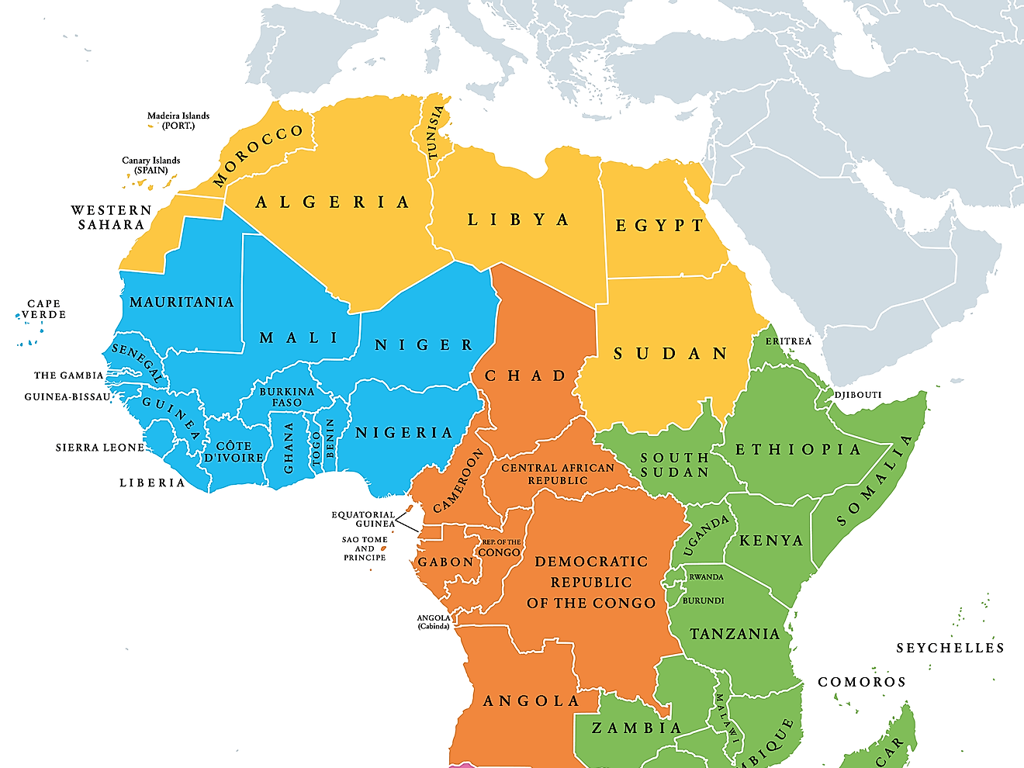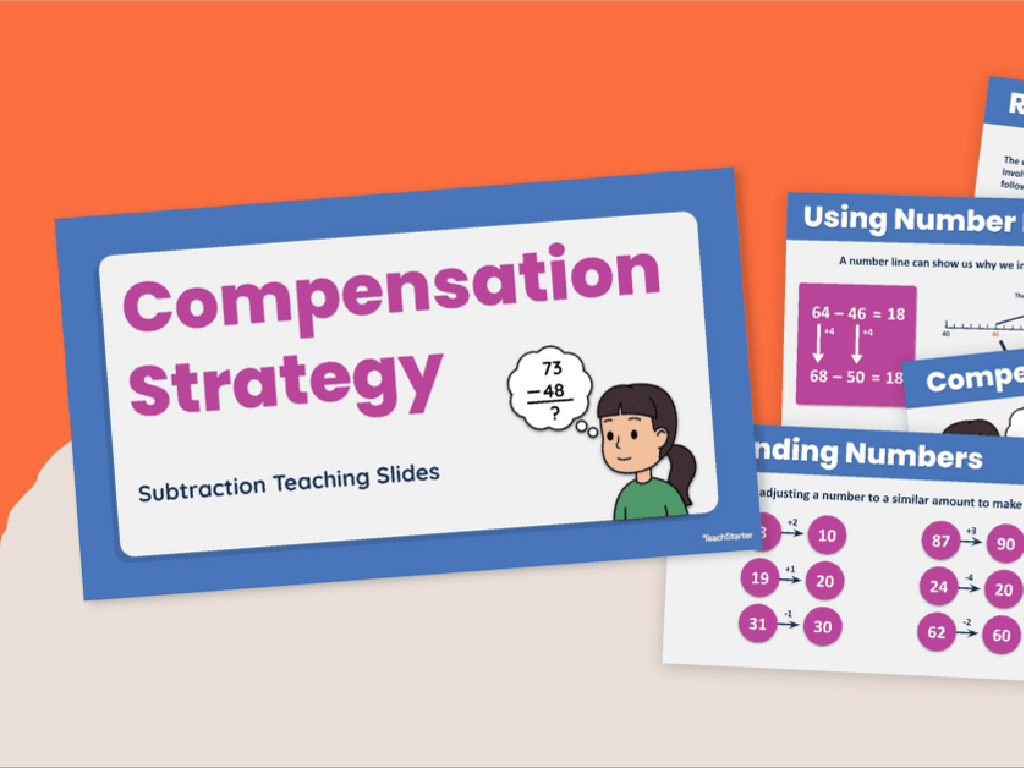Describe The Weather
Subject: Science
Grade: Second grade
Topic: Weather
Please LOG IN to download the presentation. Access is available to registered users only.
View More Content
Welcome to Weather Wonders!
– Learning about weather today
– Different types of weather
– Sunny, rainy, snowy, windy, and stormy
– Why weather matters
– Weather affects what we do and wear
– Weather’s role in our lives
– It helps plants grow and shapes our world
|
This slide introduces the fascinating world of weather to second graders. Begin by explaining that weather is what the air outside is like every day and it can change a lot. Discuss various weather types such as sunny, rainy, snowy, windy, and stormy, and use pictures or videos for each type to help students visualize them. Highlight the importance of weather by discussing how it influences daily decisions like clothing choices and activities. Explain that weather is crucial for the environment as it helps plants grow and affects animals’ habitats. Encourage students to share their own experiences with different weather conditions and how it affected their day.
What is Weather?
– Weather is the air outside
– Like sunny, rainy, or snowy conditions
– Elements that make up weather
– Temperature, wind, humidity, and precipitation
– Weather changes daily
– Weather can change quickly
– It can be sunny one moment and rainy the next
|
This slide introduces the concept of weather to second-grade students. Begin by explaining that weather is the condition of the air outside, which can be felt and observed in various forms such as sunshine, rain, or snow. Discuss the different elements that make up the weather, including temperature, wind, humidity, and precipitation, and how each affects the environment differently. Emphasize that weather is not constant; it can change from day to day or even within hours, which is why sometimes the morning may start sunny but end with rain. Encourage students to share their own experiences with sudden weather changes to make the lesson more interactive and relatable.
Types of Weather
– Sunny Days: Bright and clear
– The sun shines, no clouds in the sky
– Rainy Days: Water drops from clouds
– Rain falls, bringing water to plants
– Snowy Days: White flakes from the sky
– Snow falls, covering everything in white
– Windy Days: Air moves things around
– Wind blows, making trees and leaves dance
|
This slide introduces students to different types of weather they may experience. Explain that weather can change and it affects our daily lives. For Sunny Days, discuss how the sun can make us feel warm and how it’s important for plants and animals. On Rainy Days, talk about the importance of rain for providing water. For Snowy Days, describe how snow is formed and its impact on the environment. Lastly, for Windy Days, demonstrate how wind can move objects and its role in weather patterns. Encourage students to share their own experiences with each type of weather and how it made them feel or affected their activities.
Observing the Weather
– Use senses to observe weather
– Look at the sky, feel the air, listen for sounds
– Tools measure weather accurately
– Thermometer for temperature, wind vane for wind direction, rain gauge for rainfall
– Become a weather detective!
– Observe and record daily weather like a detective
|
This slide introduces students to the concept of observing and describing the weather. Encourage students to use their senses to notice the weather around them: looking at the cloud cover, feeling the temperature and wind, and listening for rain or thunder. Introduce simple tools like thermometers, wind vanes, and rain gauges that meteorologists use to measure weather more precisely. Challenge the students to be ‘weather detectives’ by observing the weather each day and recording their findings, which can include drawings or written descriptions. This activity will help them understand the different aspects of weather and how to describe them.
Weather and Seasons
– Weather changes with seasons
– Seasonal weather patterns
– Winter is cold, summer is hot, spring and fall are in between.
– Weather’s effect on activities
– We might play in the snow in winter or swim in summer!
– Choosing clothes for the weather
– We wear coats in winter and shorts in summer to stay comfy.
|
This slide introduces the concept of weather changes across different seasons and how it impacts daily life. Begin by explaining that weather is not the same all year round and changes as seasons change. Discuss typical weather patterns for each season, such as cold and snow in winter, warmth and sun in summer, and mild or changing weather in spring and fall. Highlight how these weather changes influence our activities, like sledding in winter or going to the beach in summer. Lastly, talk about the importance of dressing appropriately for the weather to stay comfortable and safe. Engage the students by asking them to share their favorite seasonal activities and what they would wear during those times.
Our Local Weather
– Today’s weather observation
– Look outside, is it sunny, rainy, or snowy?
– Compare our weather to other places
– Is it warmer or colder than in other towns or states?
– Weather’s impact on daily activities
– How do we dress and choose activities based on weather?
– Understanding weather patterns
|
This slide aims to engage second-grade students in observing and discussing the weather in their own town and comparing it to other locations. Start by asking students to describe the current weather and then discuss how it might differ from what children experience in other parts of the country or the world. Highlight how weather can influence our choices of clothing and activities for the day. Encourage students to think about patterns they have noticed in the weather, like seasonal changes. This discussion will help them understand the importance of weather in their everyday lives and develop an interest in observing weather patterns.
Weather Safety Tips
– Safety in various weathers
– Actions during thunderstorms
– Stay indoors, away from windows, and unplug electronics
– Responding to heavy winds
– Find shelter immediately; if outside, avoid trees and tall objects
– Preparing for emergencies
– Have a safety kit and know emergency contacts
|
This slide aims to educate second-grade students on the importance of weather safety. Discuss different weather conditions and the specific safety measures for each. Emphasize the need to stay indoors during thunderstorms and to avoid using electrical devices to prevent the risk of lightning strikes. Explain the dangers of heavy winds and the importance of finding a secure shelter. Teach students and their families how to prepare an emergency kit with essentials like food, water, and first aid, and to have a list of emergency contacts readily available. Role-play scenarios may help students understand these concepts better. Encourage students to discuss their emergency plans with their families.
Class Activity: Our Weather Chart
– Create a classroom weather chart
– Record today’s weather
– Look outside, what do you see? Is it sunny, rainy, or cloudy?
– Predict tomorrow’s weather
– Use clues from today to guess tomorrow’s weather
– Share our weather findings
– Tell the class what you observed and your prediction
|
This interactive activity is designed to engage second-grade students with the concept of weather observation and prediction. Start by creating a weather chart with categories like temperature, wind, precipitation, and cloud cover. Each day, have the students observe the weather and mark it on the chart. Encourage them to use their observations to make predictions about the next day’s weather. At the end of the activity, allow students to share their observations and predictions with the class. This will help them understand weather patterns and develop their analytical skills. Possible variations of the activity could include drawing pictures of the weather, comparing predictions with actual weather the next day, or even having a ‘weather reporter’ presenting the findings.






